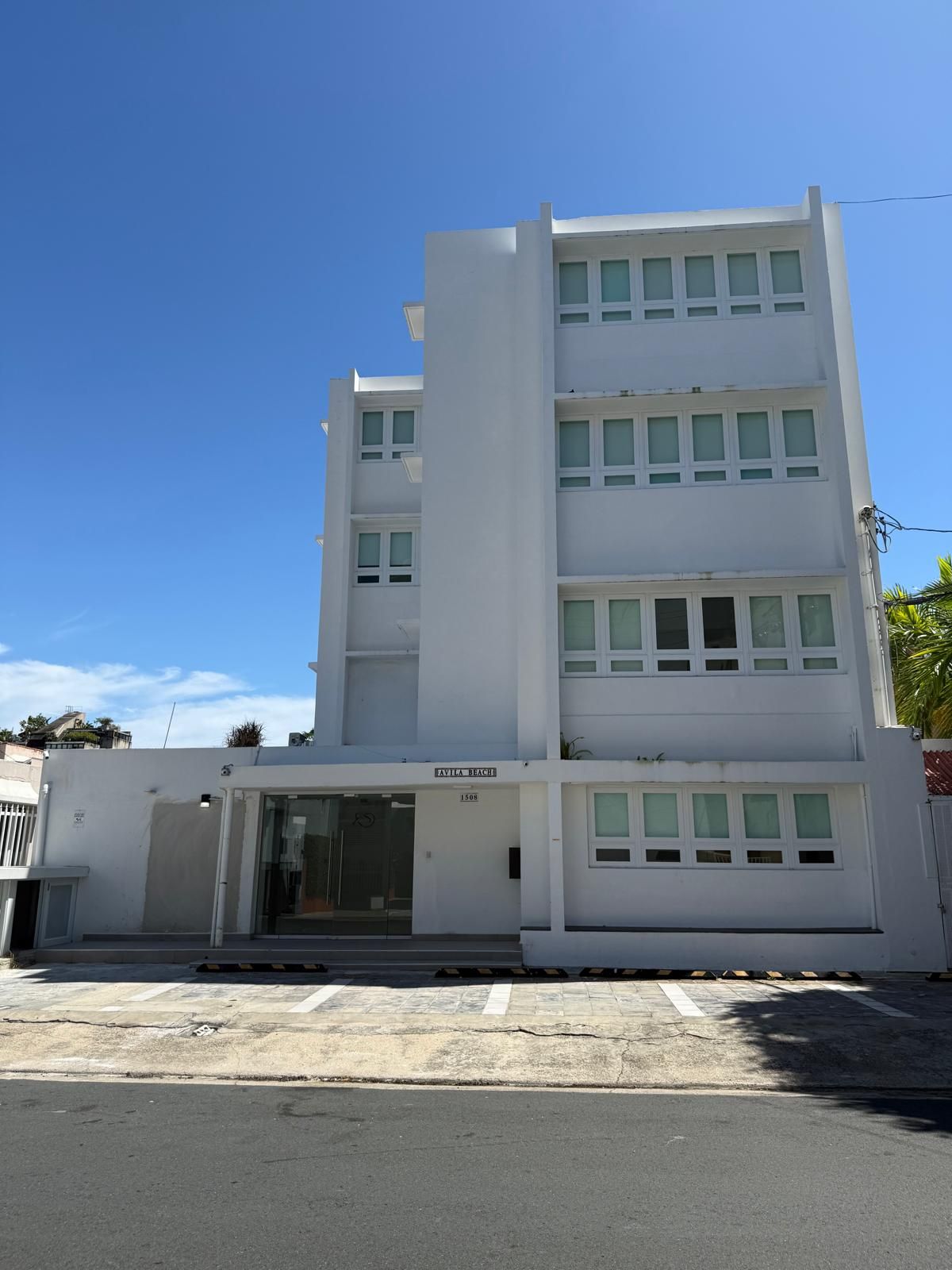
Retail Site Selection Puerto Rico: A People-First Guide
Quick Answer:
Retail site selection in Puerto Rico works best when you blend data with local insight. Focus on trade areas with strong fundamentals, then check costs, access, permits, and utilities.
The market is stable with low vacancy, so good options exist if you plan carefully. Use the Single Permit for approvals and prepare for power and storm resilience.
Setting the Stage
Opening or expanding a store in Puerto Rico is a community decision as much as a spreadsheet decision.
Owners and investors want returns, but neighborhoods need safe access, jobs, and reliable places to shop. Delays can push openings past high season or outages can close stores for days.
This guide explains how to approach retail site selection with steps that protect people, time, and capital. It reflects how
DEV Builders Group supports retail clients from first walk-through to opening day.
Retail Site Selection Puerto Rico: Overview
Puerto Rico’s retail indicators are strong. JLL (Jones Lang LaSalle) reports about 50 million square feet of retail inventory and roughly 6.5% vacancy, signaling landlord and tenant health across key corridors. That backdrop helps national brands and local operators plan multi-site growth.
The permitting landscape is centralized. The Single Permit (Permiso Único), managed through the government’s online portal, packages use, fire prevention, sanitary, and environmental clearances into one process.
Knowing who does what at OGPe (Oficina de Gerencia de Permisos) and in autonomous municipalities keeps timelines steady.
Power reliability remains a planning item. Energy profiles and recent news point to ongoing grid strain, which means your design and lease negotiations should consider solar, storage, and generator support.
Key Factors Affecting Site Decisions
1) Trade area strength
Favor corridors with proven traffic, clear access, and complementary neighbors. Use recent market snapshots to confirm retail health before you drill into block-by-block details.
2) Rent and occupancy math
Benchmark asking rents against expected sales per square foot. A healthy island-level vacancy rate makes negotiations more predictable, but micro-markets vary by tourism flow and local daytime population.
3) Permitting path and duration
Map your Single Permit path from day one. The process is mandatory for new and existing businesses and consolidates multiple authorizations into one annual document. Build this into your schedule so your opening date stays intact.
4) Power reliability and backup
Puerto Rico’s grid faces outages. Sites with workable roof spans, equipment yards, or landlord-approved generator pads reduce risk.
5) Logistics and hurricane readiness
Plan delivery routes that avoid port bottlenecks and flood-prone segments. Ensure your schedule has buffer for storm windows and material staging. These choices protect staff and avoid costly re-mobilizations.
6) Stakeholder impact
Good sites help teams recruit, ease customer access, and lift neighboring businesses. Sites that lack these strengths waste cash and hurt morale. Bring store managers, security, and maintenance into early walk-throughs so their experience shapes the plan.
Looking at options now? See our
Commercial & Retail market page for recent projects and delivery playbooks.
Local Relevance for Puerto Rico
Permitting, inspections, and renewals
The Single Permit keeps operations compliant by rolling use, fire prevention, sanitary, and environmental clearances into one application through the SBP portal.
Annual renewal is required. Autonomous municipalities like San Juan also process permits under delegated authority, so local coordination matters.
Incentives and Opportunity Zones
Most of Puerto Rico sits within federally designated Opportunity Zones, which can improve after-tax outcomes for real estate equity when structured correctly.
Combine federal benefits with local incentive strategies if your project qualifies. Always validate with tax counsel before underwriting.
Utilities and resilience
The island is accelerating distributed energy while managing reliability constraints. Options include:
- Core utility service with outage planning
- Solar plus storage to protect critical loads
- Transfer switches sized for refrigeration and POS systems
Supply chain and schedule
Hurricane season and port throughput affect shipping. Lock long-lead items early, secure staging space, and build delivery alternates into contracts.
People stay safer and openings stay on track when materials are local before interior finishes start.
Comparisons and Alternatives
- Tourist corridor vs. neighborhood center:
Tourist corridors bring seasonal spikes and higher rents. Neighborhood centers offer a steadier local base with lower rent and simpler parking.
- New build vs. retrofit: Retrofit cuts entitlement time but may limit layouts. New build allows anchors and drive-throughs but adds site work and utilities.
- Grid-only vs. grid plus solar/storage:
Grid-only lowers capex but risks downtime. Adding solar and storage raises resilience and stabilizes operating costs.
Actionable Tips
- Walk sites at open and close to test traffic, lighting, and safety.
- Ask landlords for recent outage logs and generator rules.
- Confirm delivery truck paths and turning radii before LOI.
- Pull zoning and flood maps early, then price off-site work a city may require.
- Start Single Permit prep during LOI so drawings match submittal needs.
- Add a storm-season buffer to your construction schedule.
- Pre-qualify solar and storage vendors to protect critical loads.
Why Choose DEV Builders Group
Retail development in Puerto Rico rewards teams that solve problems before they become delays.
DEV Builders Group delivers high-end, premium, concierge, white glove service with in-house crews and an equipment fleet that keeps work moving. Our project managers coordinate permits, utilities, and inspections while our field teams keep sites safe and clean for neighbors and staff.
We focus on people. That means short, honest updates, clear pricing, and weekly walk-throughs so you see progress, not surprises.
Our experience across hospitality, sports, and automotive helps retail clients borrow proven details that make stores easier to run. Explore our recent work on the
projects page and see how we keep schedules steady from demo to final clean.
FAQs
How long does permitting take for a typical retail store?
Timelines vary by scope and municipality. The Single Permit streamlines approvals, but you should start documentation during LOI and allow for reviews and inspections.
Is power reliability a serious risk for retailers?
Yes, outages happen. Plan for solar, batteries, or generator support so you can keep POS, lighting, and refrigeration online during interruptions.
Do most areas qualify for Opportunity Zone benefits?
Nearly the entire island sits in Opportunity Zones. Validate eligibility and fund structure with your advisors before closing.
What is the best way to compare two promising sites?
Score each against trade area strength, rent feasibility, permit path, utility resilience, and delivery access. Walk them during peak hours with store leadership present.
Can DEV Builders help beyond construction?
Yes. We support pre-construction planning, permit coordination, vendor alignment, and close-out. See our Services for more.
CONTACT US
Ready to Take the Next Step
The right Puerto Rico retail site balances numbers and neighborhood fit. When you filter options through trade area health, clean permit paths, utility resilience, and delivery access, you protect capital and your team’s time.
DEV Builders Group brings people-first execution with premium, concierge support from first sketch to opening day. If you are refining a shortlist or need a second opinion, reach out through our contact page, and we will help you move with clarity.
Our Office
Calle Aldebaran | 00920 San Juan | Puerto Rico
Call Us
Investor Resources
List of Services
-
2025 Tourism Demand & RevPAR Forecast for Puerto RicoItem Link List Item 1
For construction investors, these trends signal high opportunity in tourism-related development. At DEV Builders Group, we track these indicators closely to support our clients in executing timely, high-impact hospitality projects.
-
Capital Stack Options: C-PACE, OZ, & EB-5 for Hospitality Builds in Puerto RicoItem Link List Item 2
If you're planning a hotel or resort build in Puerto Rico, understanding your capital stack is critical. At DEV Builders Group, we guide clients through every layer, from C-PACE audits to pre-construction modeling and incentive alignment.

